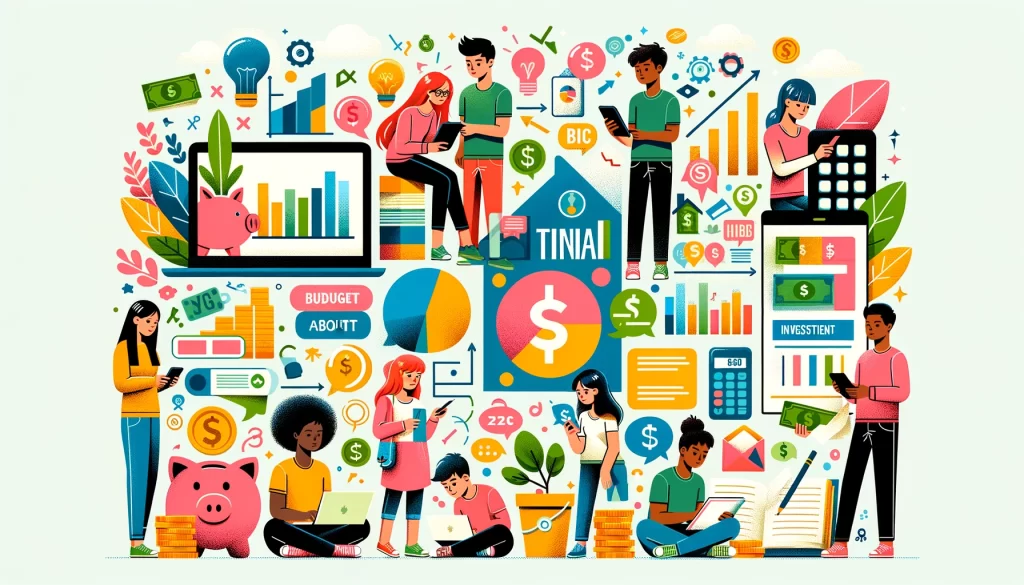In an era dominated by digital transactions and complex financial products, equipping the next generation with the skills to manage money effectively has never been more crucial. Financial literacy for teens is not just about saving money; it’s about making informed financial decisions that pave the way for a secure future. This comprehensive guide explores effective ways to teach money management to teenagers, ensuring they are prepared for financial challenges ahead.
Understanding Financial Literacy for Teens
Financial literacy involves understanding and effectively using various financial skills, including personal financial management, budgeting, and investing. For teens, this means learning to manage savings, credit, and debt effectively, which are crucial skills as they move towards financial independence.
The Importance of Teaching Financial Literacy Early
- Developing Responsible Spending Habits: Teens with financial knowledge are more likely to develop responsible spending habits, avoiding common pitfalls like credit card debt.
- Preparation for Financial Independence: Early financial education prepares teens for bigger responsibilities, such as managing student loans or saving for the future.
- Enhancing Decision-Making Skills: Financially literate teens are equipped to make informed decisions about money, from daily choices to long-term investments.
Strategies for Teaching Money Management to Teens
- Start with Basics: Begin by teaching teens how to create a simple budget. Discuss income, expenses, saving, and giving.
- Involve Them in Financial Decisions: Include teens in family financial planning discussions. This could be budgeting for a family vacation or selecting home appliances.
- Use Real-Life Scenarios: Encourage teens to manage a small budget for their needs. This could involve managing a weekly allowance or a clothing budget.
- Teach About Credit and Debt: Explain how credit cards work, the importance of paying bills on time, and the consequences of debt.
- Introduce Them to Savings and Investments: Discuss different types of savings accounts and basic investment concepts like stocks, bonds, and mutual funds.

Tools and Resources for Financial Education
- Apps and Online Games: Use technology to make learning about finance fun and interactive. Apps like Mint or games that simulate stock market investments can provide practical experience.
- Classes and Workshops: Many communities offer workshops aimed at teen financial education. These can be invaluable for hands-on learning.
- Books and Podcasts: Provide teens with books and podcasts that cater to young investors and those new to personal finance.
Encouraging a Culture of Financial Awareness
- Discussion and Regular Check-ins: Have regular discussions about financial news or personal finance tips to normalize the conversation around money.
- Rewarding Smart Financial Decisions: Acknowledge and reward wise financial decisions, such as saving a certain amount from a summer job.
Conclusion
Teaching financial literacy to teens is crucial in preparing them for the complex financial landscape of the future. By starting early, parents and educators can help foster a generation that is savvy, responsible, and equipped to make sound financial decisions.

